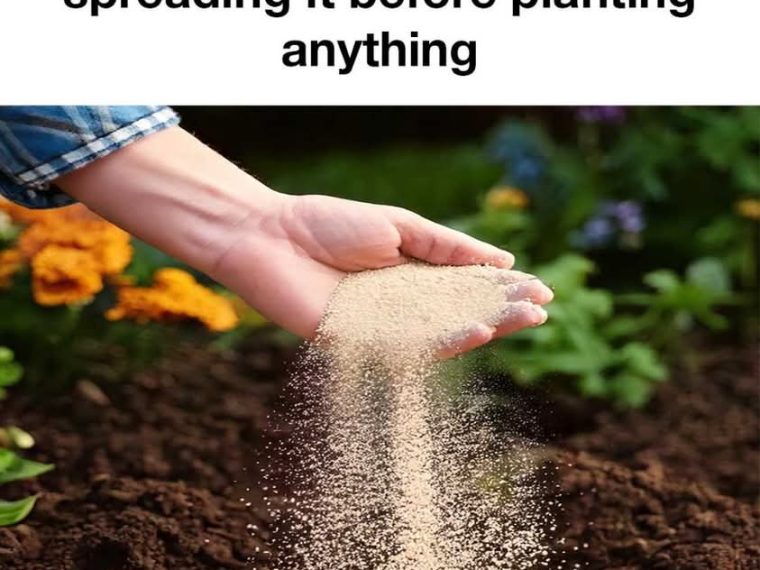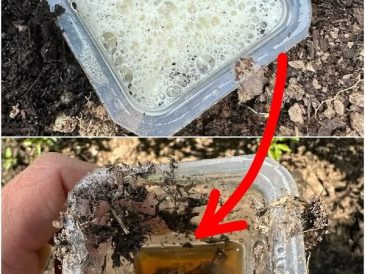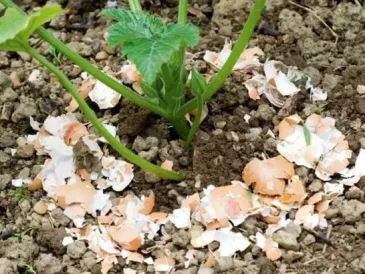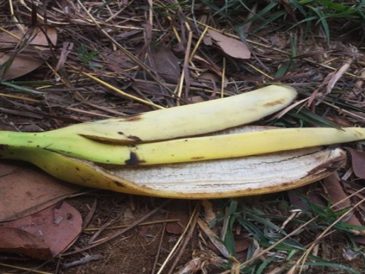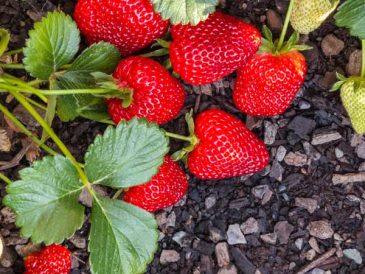Bone meal is a natural fertilizer derived from animal bones that have been ground into a fine powder. It is primarily used as a source of phosphorus and calcium, two essential nutrients for plant growth. The use of bone meal in gardening dates back centuries, and it remains a popular choice among organic gardeners today. Its benefits include promoting healthy root development, improving flowering and fruiting, and enhancing overall plant vigor. By incorporating bone meal into your soil before planting, you can provide your plants with a steady supply of nutrients, leading to a more productive and healthy garden.
Understanding the Composition of Bone Meal
Bone meal is rich in phosphorus, typically containing around 15% to 27% of this vital nutrient. Phosphorus is crucial for energy transfer within plants, root development, and flowering. Additionally, bone meal contains calcium, which is essential for cell wall structure and stability. Some bone meal products also contain trace amounts of nitrogen, which can further support plant growth. The slow-release nature of bone meal ensures that these nutrients are available to plants over an extended period, reducing the need for frequent fertilization.
How Bone Meal Supports Plant Growth
Bone meal supports plant growth by providing essential nutrients that are often lacking in soil. Phosphorus is particularly important for young plants, as it encourages strong root systems, which are critical for water and nutrient uptake. Calcium, on the other hand, helps prevent issues like blossom end rot in tomatoes and peppers by strengthening cell walls. By ensuring that plants have access to these nutrients, bone meal can lead to more robust growth, increased flowering, and higher yields.
The Role of Bone Meal in Soil Fertility
Bone meal plays a significant role in enhancing soil fertility by improving its nutrient content and structure. When added to soil, bone meal increases the availability of phosphorus and calcium, which are often deficient in many garden soils. This amendment also helps balance soil pH, making it more conducive to plant growth. Over time, the organic matter in bone meal can improve soil structure, enhancing its ability to retain moisture and support healthy microbial activity, which is vital for nutrient cycling.
Nine Compelling Reasons to Use Bone Meal in Your Garden
1. Provides essential phosphorus for root development.
2. Supplies calcium to prevent common plant disorders.
3. Supports flowering and fruiting in plants.
4. Enhances soil fertility and structure.
5. Offers a slow-release nutrient source, reducing the need for frequent fertilization.
6. Improves plant vigor and overall health.
7. Organic and environmentally friendly.
8. Balances soil pH.
9. Easy to apply and widely available.
How to Properly Apply Bone Meal to Your Soil
To apply bone meal, first determine the nutrient needs of your soil by conducting a soil test. This will help you understand how much bone meal to use. Generally, bone meal should be applied at a rate of 10 pounds per 100 square feet of soil. It can be mixed into the soil before planting or sprinkled around established plants. Water the area thoroughly after application to help the nutrients penetrate the soil. Be cautious not to overapply, as excessive phosphorus can lead to nutrient imbalances.
Choosing the Right Type of Bone Meal for Your Needs
When selecting bone meal, consider the specific needs of your garden. Some bone meal products are steamed, which increases their phosphorus content and makes them more readily available to plants. Others may be raw, offering a slower release of nutrients. Check the N-P-K ratio on the packaging to ensure it aligns with your soil’s requirements. Additionally, consider whether you prefer an organic certification, as some bone meal products are labeled as organic, ensuring they meet specific environmental standards.
Potential Drawbacks and Considerations When Using Bone Meal
While bone meal is beneficial, there are some considerations to keep in mind. Overapplication can lead to phosphorus buildup, which can inhibit the uptake of other nutrients like iron and zinc. It may also attract animals, such as dogs or rodents, due to its bone content. Additionally, bone meal is not suitable for all plants; for example, it is not recommended for acid-loving plants like blueberries, which prefer low-phosphorus soils. Always follow application guidelines and consider the specific needs of your plants and soil.
Comparing Bone Meal with Other Soil Amendments
Bone meal is often compared to other soil amendments like blood meal, fish meal, and rock phosphate. Blood meal is high in nitrogen, making it more suitable for leafy growth, while bone meal is better for root and flower development. Fish meal provides a balanced nutrient profile but can be more expensive. Rock phosphate is another phosphorus source but is less readily available to plants compared to bone meal. Each amendment has its strengths, and the choice depends on the specific nutrient needs of your garden.
Conclusion: Enhancing Your Garden with Bone Meal
Incorporating bone meal into your gardening routine can significantly enhance plant growth and soil fertility. Its ability to provide essential nutrients like phosphorus and calcium makes it a valuable addition to any garden. By understanding how to apply it correctly and considering your garden’s specific needs, you can maximize the benefits of bone meal. Whether you’re growing vegetables, flowers, or ornamental plants, bone meal can help you achieve a healthier, more productive garden.

